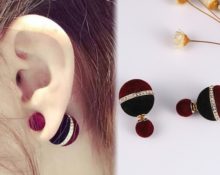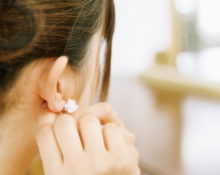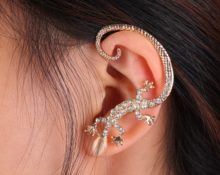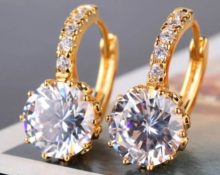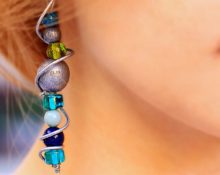People learned to decorate themselves with earrings at the dawn of humanity. Archaeologists and historians have established that the first earrings appeared in Asia 7 thousand years ago. In ancient Rome, rich people and rulers wore stud earrings so that their subordinates and slaves could see their status and communicate with them properly.
This historical information suggests that studs were invented a long time ago. Of course, today they are worn by everyone without exception - children, men and women, and the decoration shows good taste, not status.
What are studs
Studs are popularly called carnations, and this name reveals the secret of the overseas word. Carnations do not lose their relevance and are even evolving in terms of design. If earlier studs were earrings that did not protrude beyond the earlobe, now there are models with pendants, fringe and even double studs.
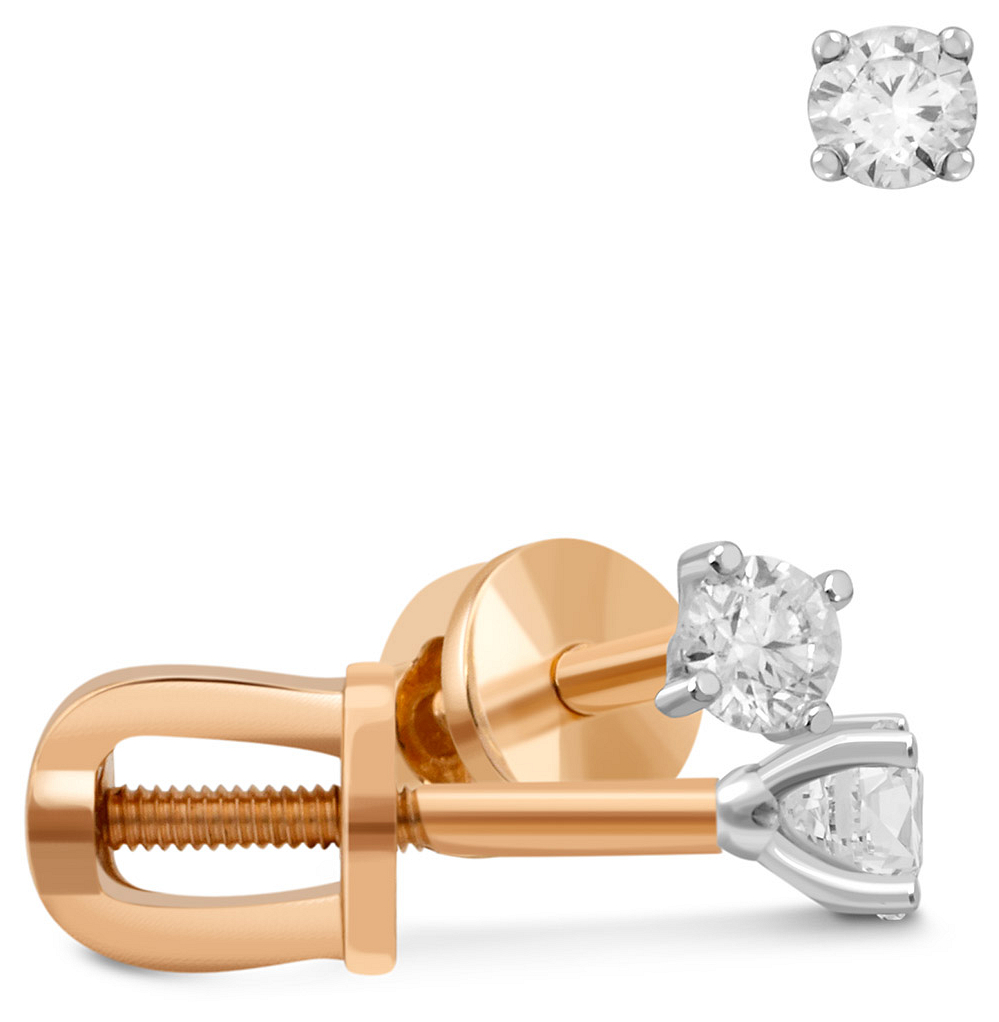
Metals used to produce earrings are gold, silver, platinum, steel and other jewelry alloys. The latter includes earrings with a plastic pin; this is economy class.
ADVICE! Classic gold studs that do not protrude beyond the frame of the earlobe will harmoniously fit into the wardrobe of a mature woman.
Thanks to their different designs, studs will complement a romantic and daring look. Suitable for business meetings, offices and evening events. But carnations are not only women's decoration. This is the most common style of men's earrings. They are suitable for men's style because of their miniature and restraint, of course, if this is a classic option.
IMPORTANT! Earrings made of white gold, platinum or silver look better in a man's wardrobe. Cold metal will emphasize the style and brutality of a man. Unlike yellow or rose gold, which soften the look and add elegance to it.
Description of the species, features
Stud earrings are a pin with a fastening or decorative extension on one side. The other end of the pin has a small notch for a spring fastener or a thread for a screw fastener. This model was called carnations because of its similarity with construction nails. Only instead of a hat they have a frame with a stone or a metal figurine, and the end is blunt.
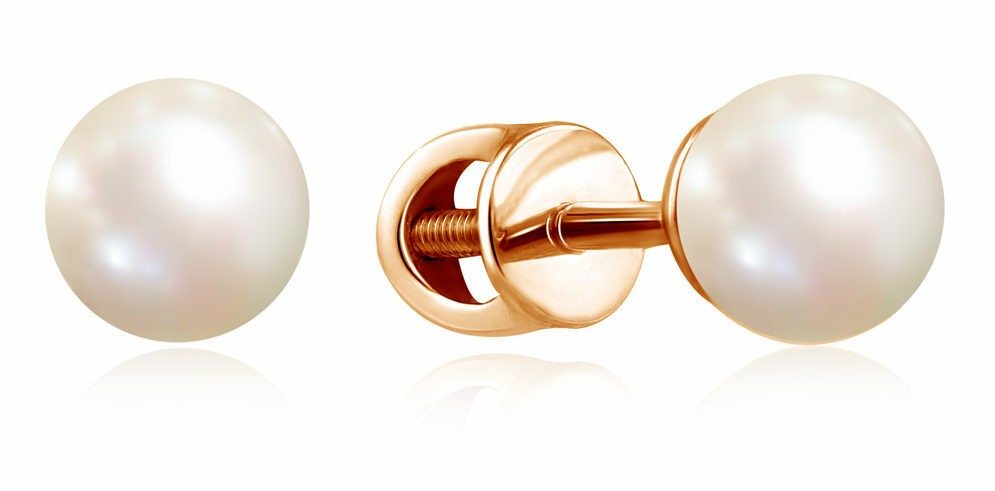
The studs have 2 types of clasps;
- Screw - at the end of the pin there is a thread onto which a fastener nut is screwed. The nut has a metal shackle that covers the protruding pin. This fastening will not be lost. It is safe for children, because it does not scratch or cling to anything.
- Spring or pin - it is based on the principle of friction. A round disc or butterfly-shaped clamp is placed on the protruding edge of the pin. The clamp inside the disk tightly grips the pin and is secured to it.
IMPORTANT! The pin fastener has disadvantages. The protruding edge of the pin is not hidden and can interfere with sleep, especially for children.If you frequently unbutton and fasten it, the clasp becomes loose, and this can result in the loss of the earring.
Previously, studs were made small so that the earring did not extend beyond the earlobe. They were decorated with precious and semiprecious stones, pearls and metal figures coated with enamel. Now the trends remain, but have changed. Studs with small pendants, evening options studded with stones and double studs appeared.
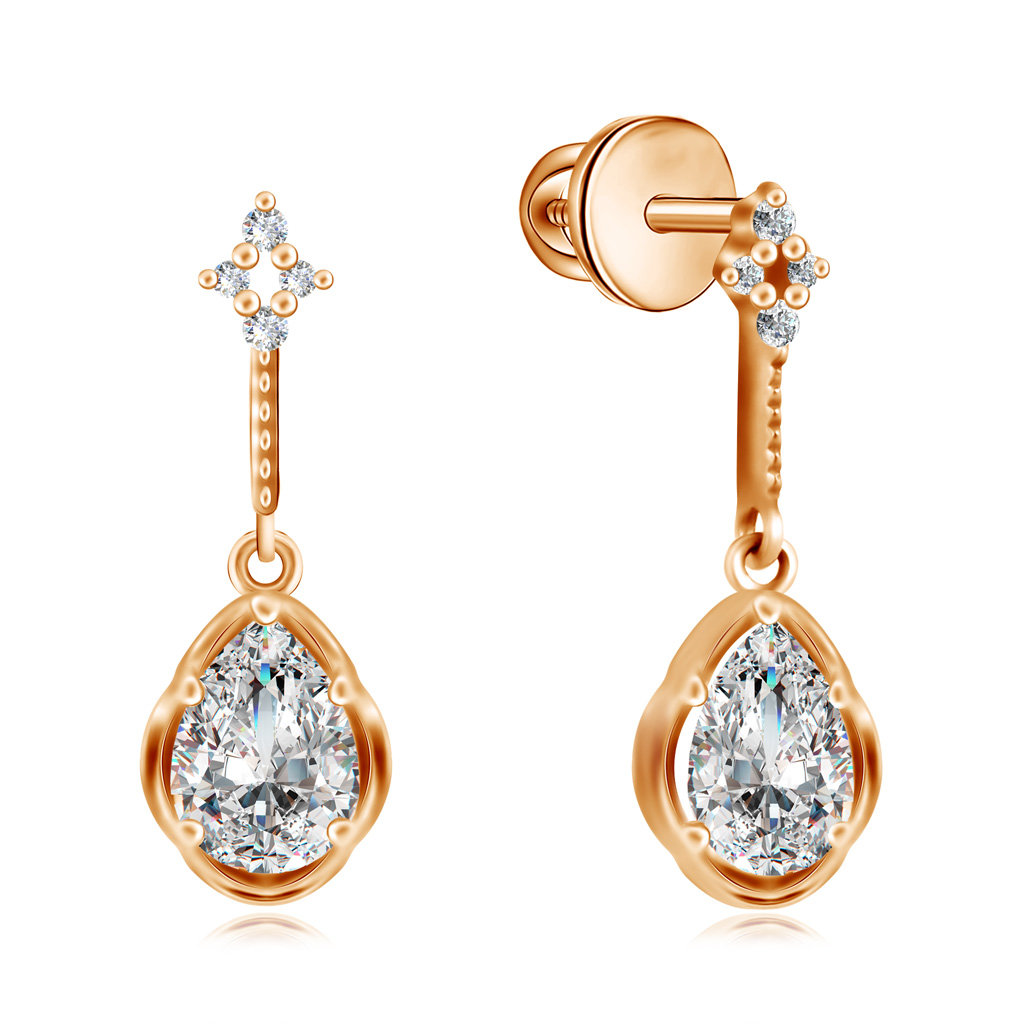
Double studs consist of 2 beads of different sizes. The small one is attached as a cap, the larger one is attached to the clasp. By wearing these earrings, you hide the clasp, and it looks as if the beads were simply glued to your ears. The most common beads are round, but they can also be cubic or triangular in the form of spikes.
Alternatively, there may be a stone on the cap and a large bead on the clasp. A long twig with a stone or bead at the end is also attached to the clasp. This model looks as if the back of the jewelry is floating in weightlessness, because the twig is almost invisible.
Where does this name come from?
On the Internet you can find a version that the word came to us from Western Europe and sounds like “poussette”. In fact, the word “poussette” is translated from French as “tramp”. It's hard to find a connection, isn't it? We dug deeper and translated the Russian word “pussets” into English. And this is what we got: “studs” - stilettos, “studs earrings” - stud earrings.
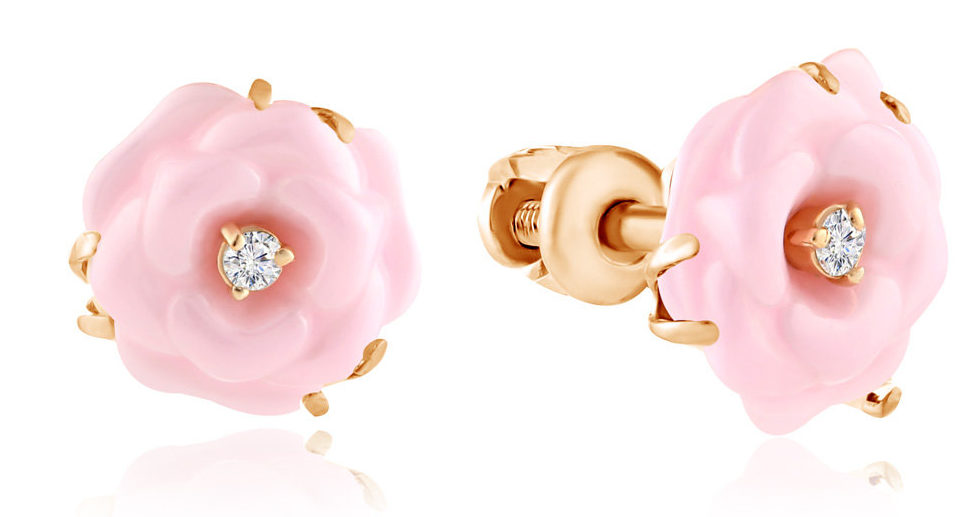
BY THE WAY! Experts have long been arguing over the correct spelling - studs or studs. We conducted an investigation and it turned out that the word with two letters “s” has the translation that you saw above.The name with one “s” is simply written in English letters and looks like “pouceta” without semantic translation from different languages of the world.
It is unknown who first proposed this name, but now we know its meaning. Otherwise, the name plays a secondary role; the priority goes to the versatility and sophistication of this earring model.


 0
0